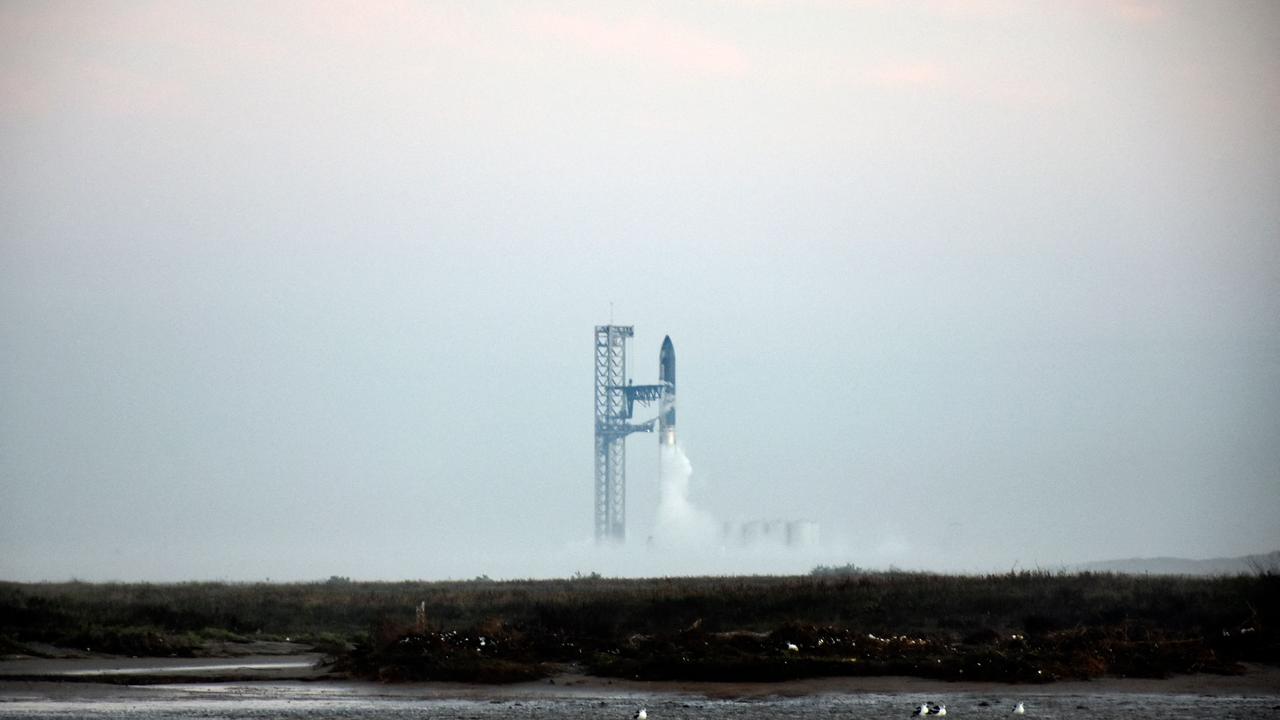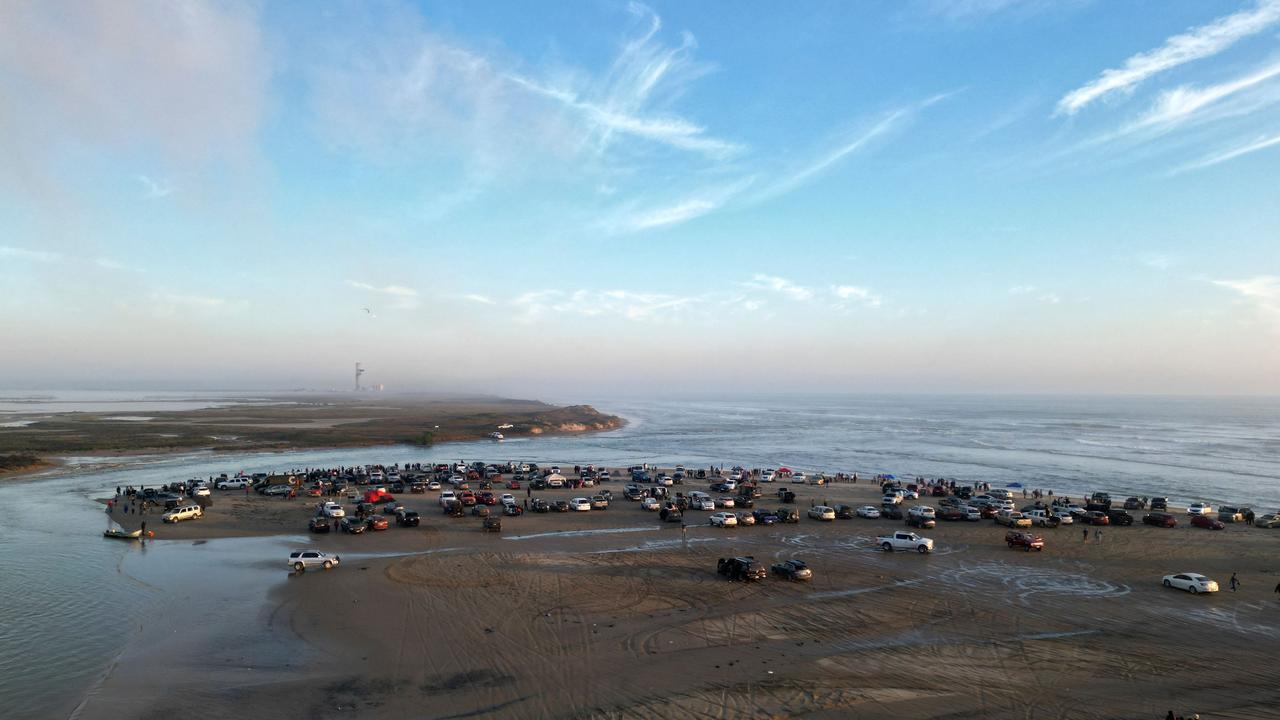Elon Musk’s SpaceX rocket ship explodes minutes after launch from Texas base
Elon Musk’s SpaceX Starship reached space before both the booster and the spacecraft were lost in a pair of explosions minutes into the test flight.

SpaceX’s Starship took off from Texas on Saturday morning and reached space before both the booster and the spacecraft were lost in a pair of explosions minutes into the test flight.
The rocket ship reached space following liftoff from Boca Chica, but communication suddenly was lost, The NY Post reported.
SpaceX officials said it appears the ship’s self-destruct system blew it up over the Gulf of Mexico.
“What we did will provide invaluable data to continue rapidly developing Starship,” Elon Musk’s company announced Saturday after the early morning event drew crowds of spectators to nearby beaches. Musk watched from behind controllers at the base.
“With a test like this, success comes from what we learn, and today’s test will help us improve Starship’s reliability as SpaceX seeks to make life multiplanetary,” SpaceX added.
The flight came to an end as the ship’s engines were almost done firing to put it on an around-the-world path.

The first test flight in April also ended in an explosion — although it also drew cheers from the control center and Musk.
Congrats @SpaceX team on an exciting test launch of Starship!” Musk posted to X, at the time. “Learned a lot for next test launch in a few months.”
The rocket has a first-stage booster known as Super Heavy and an upper-stage Starship spacecraft.
During Saturday’s launch, the two parts successfully separated in flight for the first time before the separated booster exploded over the gulf.
By then, though, its job was done.
Despite the failure, the approximately eight-minute flight lasted twice as long as April’s test.
At nearly 400 feet, Starship is the biggest and most powerful rocket ever built, with the goal of ferrying people to the moon and Mars.

“The real topping on the cake today, that successful liftoff,” said SpaceX commentator John Insprucker.
Added commentator Kate Tice: “We got so much data, and that will all help us to improve for our next flight.”
At company headquarters in Hawthorne, California, employees cheered as Starship finally soared at daybreak.

The room grew quiet once it was clear that the spaceship had been destroyed and crashed into the gulf.
SpaceX had been aiming for an altitude of 150 miles, just high enough to send the bullet-shaped spacecraft around the globe before ditching into the Pacific near Hawaii about 1 1/2 hours after liftoff, short of a full orbit.
Following April’s flight demo, SpaceX made dozens of improvements to the booster and its 33 engines as well as the launch pad.
The Federal Aviation Administration cleared the rocket for flight on Wednesday, after confirming that all safety and environmental concerns had been met.





